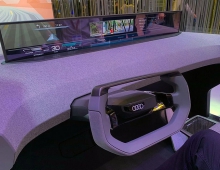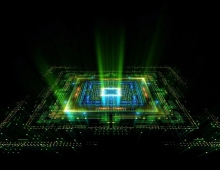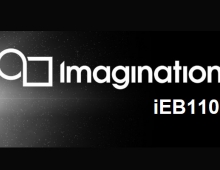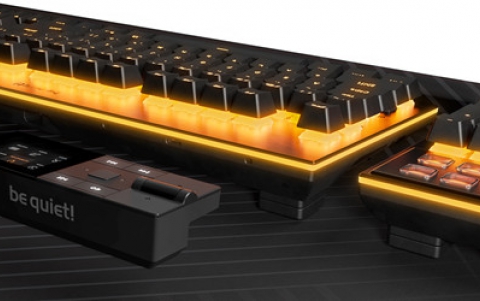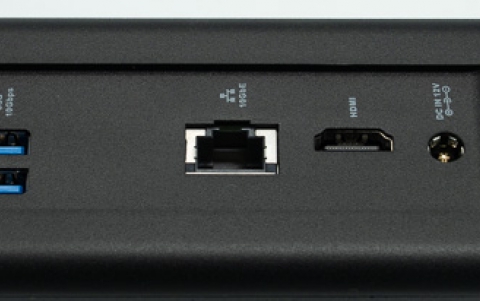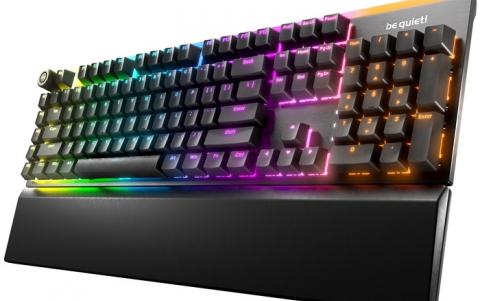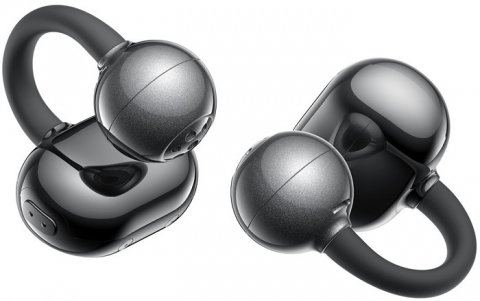
New Scalable PowerVR Series7 GPUs Target Wearables, Servers
Graphics is not yet a major consideration in wearables, but Imagination hopes to change that as part of a plan to put its new PowerVR graphics technology in a wide range of computing devices. Imagination Technologies on Monday introduced the PowerVR Series7, the latest generation of the PowerVR Rogue GPU architecture and an entire line-up of GPUs which scale from 16 to 512 arithmetic logic unit (ALU) cores.
The PowerVR Series7 is architected for a broad range of next-generation products from wearables and IoT through automotive, mobile and consumer electronics devices, up to high-performance GPU compute. Highly configurable, scalable GPUs come with new features such as full hardware virtualization and Android Extension Pack (AEP) support with hardware tessellation, as well as features such as geometry shaders, PVR3C triple compression technology for bandwidth/power savings, and full ASTC (adaptive scalable texture compression) support. Series7 also includes Imagination’s PowerGearing technology for dynamic core and cluster level power management.
The PowerVR Rogue architecture is scalable via threads, cores and clusters. Rogue uses clusters of up to 32 multi-threaded ALU cores, working in cooperation with dedicated texture units on the same region of the screen. This approach ensures that all accesses to memory are correlated and efficient.
Imagination says the Series7XT and Series7XE GPUs achieve up to a 60% architectural performance increase on the latest industry standard benchmarks compared to equivalent configurations of previous generation PowerVR Series6XT/6XE GPUs, while maintaining power efficiency.
Series7 architectural enhancements include instruction set enhancementssuch as the added co-issue capability; a new hierarchical layout structure that enables scalable polygon throughput and pixel fillrate improvements in addition to increased clock frequencies and; GPU compute setup and cache throughput improvements resulting in up to 300% better parallel processing performance.
The PowerVR Series7XT family of GPUs targets mid-range to high-end applications including smartphones and tablets, UltraHD TVs and set-top boxes, gaming consoles and high-performance server compute. Featuring AEP and 10-bit YUV support as standard, Series7XT GPUs are based on two to sixteen clusters, each containing 32 multi-threaded multi-tasking ALU cores, with high-end configurations capable of achieving teraflop level performance. GPUs include the two cluster GT7200, four cluster GT7400, six cluster GT7600, eight cluster GT7800, and 16 cluster GT7900, with other configurations available.

Series7XE GPUs are based on a single scalable cluster of up to 32 multi-threaded multi-tasking ALU cores, enabling the latest games and apps on power and cost constrained devices such as entry-level to mid-range mobile devices, TVs, set-top boxes and wearables, as well as a broadening range of products such as photocopiers, printers, consumer and other enterprise devices. Series7XE are the smallest GPUs that are AEP compatible, yet like the high-performance Series7XT family can be configured with options such as 10-bit YUV support for HEVC. The GPUs include the GE7400 with 16 cores and the GE7800 with 32 cores.

Imagination’s GPU designs work with different CPU technologies, including x86, ARM and MIPS.
The company also sees an opportunity to put Series7XT in laptops like Chromebooks, which are growing in popularity. The GPUs also have virtualization layers to secure data and user credentials.
Imagination, like ARM, designs processors and licenses it to chip makers.
The Series7 processors could be in devices next year.



